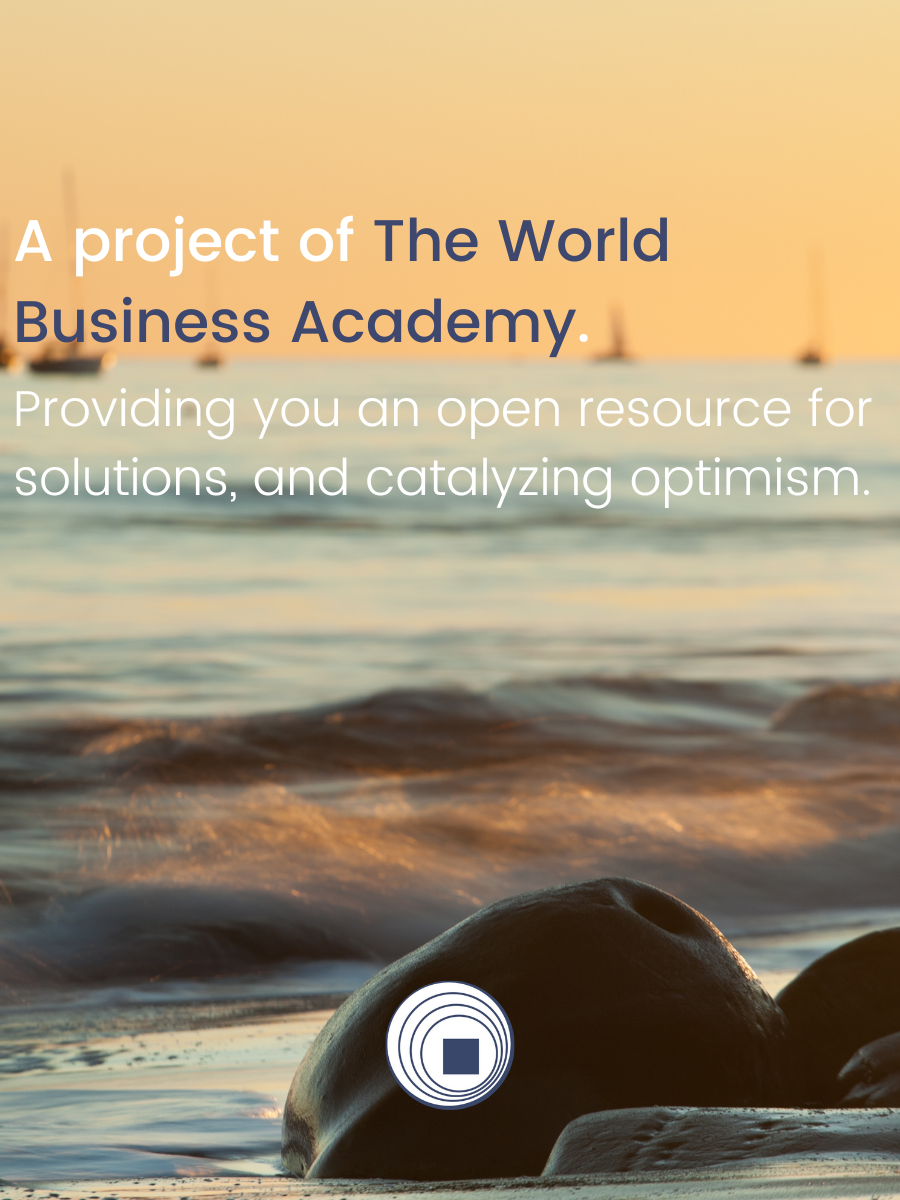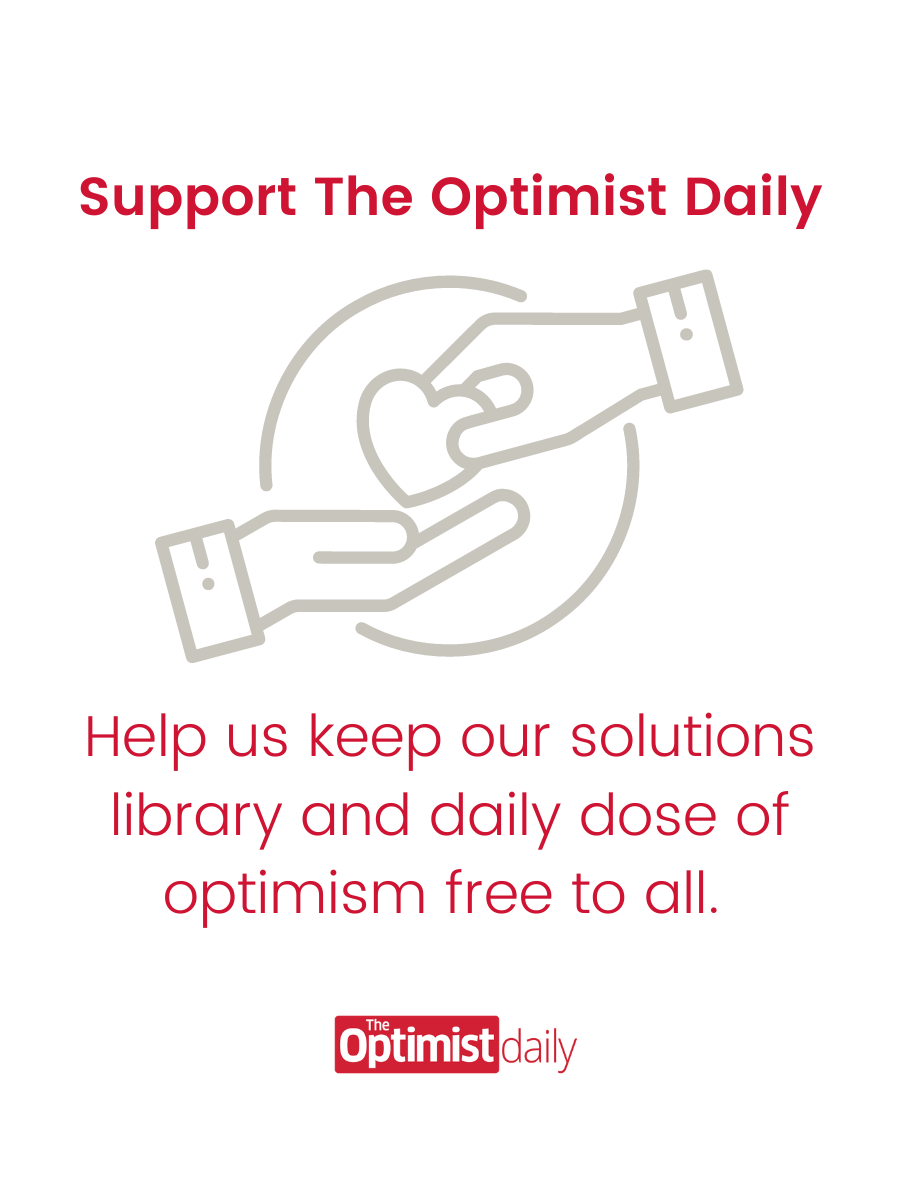We’ve all experienced the fulfilling experience of “flow.” This is the immersive and usually elating state of mind we reach when we are creatively moving from one sentence to another deep into a writing project, reacting thoughtlessly and rapidly in a basketball game, or even operating at peak efficiency at work. It’s when we’re in the zone, and reaching that point can feel elusive at times.
Psychologists at Yale University, however, have come closer to pinning “flow” down by developing a mathematical framework.
Quantifying a subjective experience
“These principles underlying flow may be unconscious but they are not random—and work within a biological system that can be described in mathematical terms,” says psychologist and corresponding author David Melnikoff.
The mathematical principle of “flow” essentially uses common data between the end goal of a task and the task itself, expressed as I(M;E). The research team found that when there are more data markers associated with a task, the more informative and involving the task is, and the more someone is likely to take it up and get closer to a state of flow.
Say you’re running without a step counter, without your phone, and you just keep throwing one foot in front of the other until you get tired. If you kept doing that, would you be able to note your progress over time? Now, say you run with a step-counter, you time yourself, or you track your pulse, and you monitor the differences in each metric after each successive run. You are more likely to be intellectually and emotionally involved with this task with more data.
“Our theory says that the more informative a means is, the more flow someone will experience while performing it,” Melnikoff says. “The formula is a way of mathematically quantifying exactly how informative a particular means happens to be.”
Optimizing I(M;E) is an ongoing objective of artificial intelligence programmers. AI experts are trying to build machines that behave like people in flow states.
The team says that, while they are working to fine-tune the formula of “flow,” the theory of flow and assigning data metrics could improve productivity and satisfaction for people and workers in almost any task.
Source Study: Nature Communications — A computational theory of the subjective experience of flow | Nature Communications











